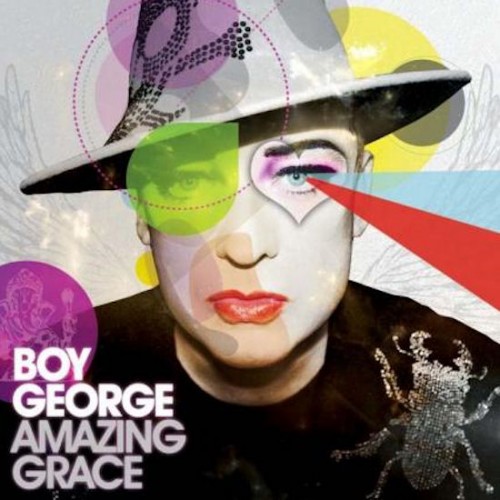 When you think of someone doing right by the Church of Cyprus, you probably don't think of Boy George. And yet there he was, returning an icon he'd bought (without realizing its origin) in 1985, years after the Turkish invasion. The BBC writes:
When you think of someone doing right by the Church of Cyprus, you probably don't think of Boy George. And yet there he was, returning an icon he'd bought (without realizing its origin) in 1985, years after the Turkish invasion. The BBC writes:
Boy George -- real name George O'Dowd -- said he was "happy the icon is going back to its original rightful home."
"I have always been a friend of Cyprus and have looked after the icon for 26 years," he added. "I look forward to seeing the icon on display in Cyprus for the moment and finally to the Church of St. Charalambos from where it was illegally stolen."
But what I thought was interesting about the media coverage was the language used by CBS/Associated Press in reporting on the same:
Singer Boy George is in store for some good karma.
OK, so CBS/AP went with a Hindu or Buddhist line on the matter. All the better to make a reference to George's 1980s hit "Karma Chameleon," you see. (Later the story refers to George as an "icon.") But that's not the language that George used. According to the BBC story linked above, he said the icon "graced" his home.
Meanwhile, there is another important question that no one seems to have asked: Why did George want the icon in the first place? Mere art?
In other icon news, Ann Rodgers at the Pittsburgh Post-Gazette has an interesting piece regarding the local Orthodox community. It begins with the Rev. George Livanos' excitement over being asked to host one of the most beloved icons in Orthodoxy -- the 715-year-old Kursk Root Icon. The piece discusses many of the miracles the icon is said to have wrought and also explains icons to the average reader:
In Orthodox theology, icons are far more than pictures. The church teaches that they convey the word of God through imagery, much as the Bible does through writing.
"Icons are windows into Heaven," Father Livanos said. "The people who are portrayed in the icon are those who have lived amongst us who offered themselves as living sacrifices and made God the sole purpose of their existence. ... They are to remind us of what we are called to be and who we truly are."
I did find the headline curious: "Miraculous Orthodox icon on display here this week." That seems a bit authoritative for a mainstream story about the icon. On the other hand, putting quotes around Miraculous would make it seem like you were using scare quotes. Would you change the headline? How?
